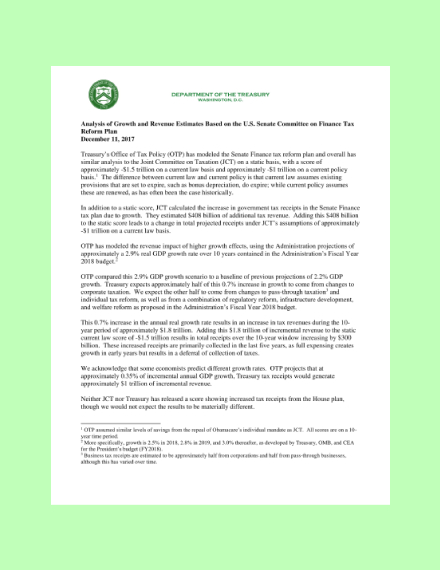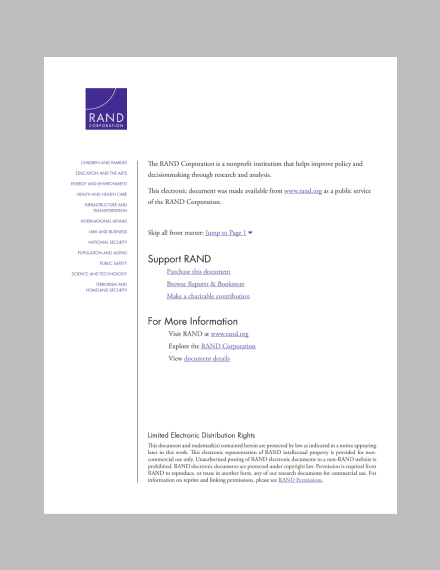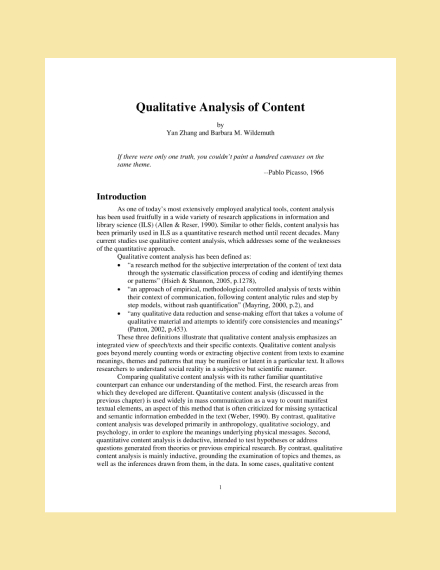28+ Analysis Examples to Download
Do you make smart business decisions based on facts? If not, you could be bringing your company completely off course without realizing it. Conducting a solid analysis on your business operations and consumer market can help you create a more refined business plan to keep you and your team on the right track.
To make sure you are able to make a really good analysis, check out the information and examples below as your guide and reference.
Four Elements of a Good Analysis
Performing an effective analysis is one of the key stages to achieving corporate success. Considering the valuable role it plays in making crucial business decisions, there are a few components that every good analysis should have.
- Well-Researched: When conducting an analysis, it’s important to study the facts more intently than you normally would. Relevant data is usually collected prior to making the analysis to ensure a more defined result. Here, researchers often conduct an investigation or survey to gather the necessary materials.
- Credible: How credible are your sources? Hearsay and other tales published by questionable accounts will make it hard for you to build a plausible analysis report. So before you begin with the process, make sure you gather data from a reliable reference.
- Informative: When it comes to performing an analysis, it’s important to look at the matter at hand from various angles. A good analysis should provide an in-depth look of the problem or issue for the project leader or manager to provide a more informed solution.
- Structured: Assessing the matter verbally can often be pretty confusing for a particular audience. Thus, the analysis is typically documented on print for further evaluation. This follows a logical structure of thoughts and ideas that may influence a reader’s perception toward the case.
17+ Analysis Templates
Worksheet Demographic Analysis Template
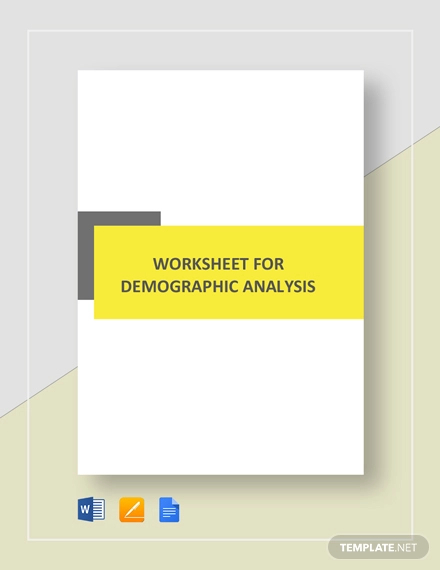
Checklist Manufacturer Analysis Template
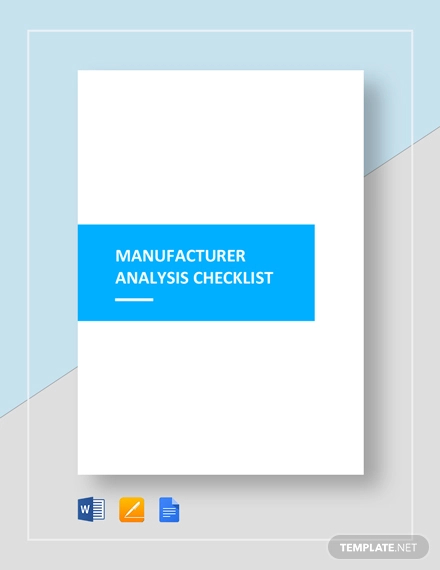
Restaurant Break-Even Analysis Spreadsheet Template
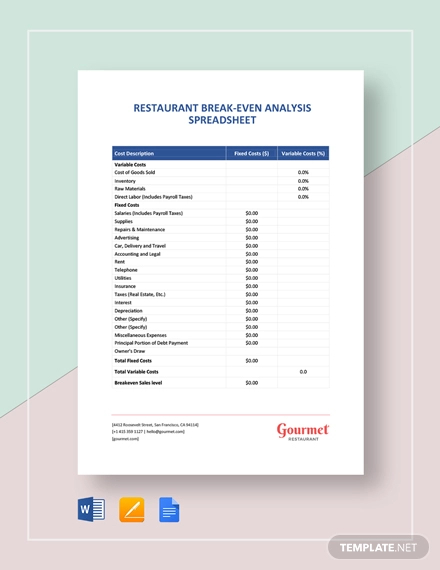
Simple Cash Flow Analysis Template

Factor Analysis Template
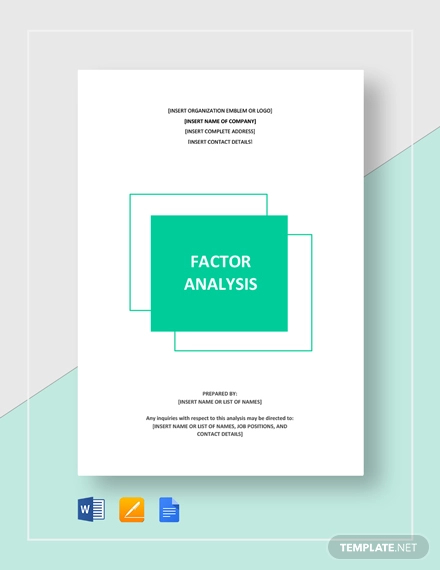
Earned Value Analysis Template

Workflow Analysis Template
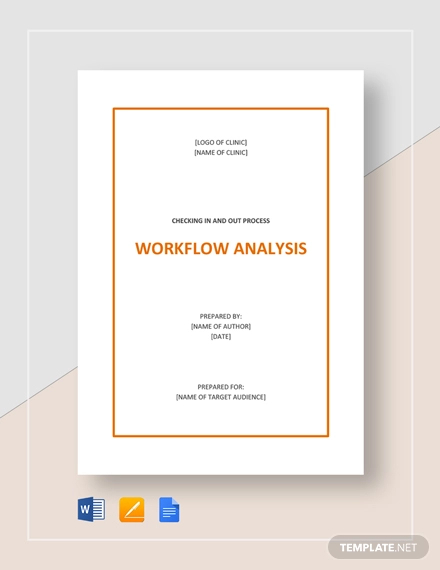
Employee Cost Analysis Template
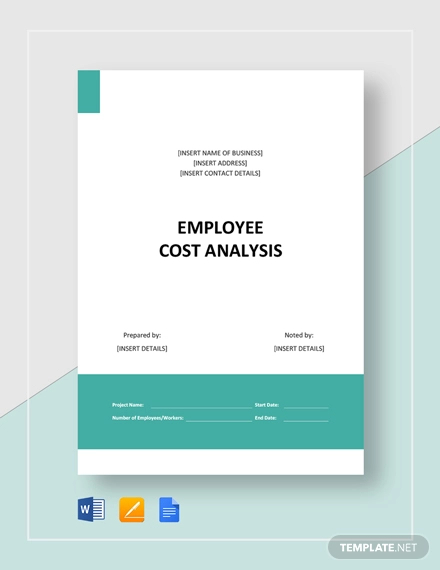
Workforce Analysis Template
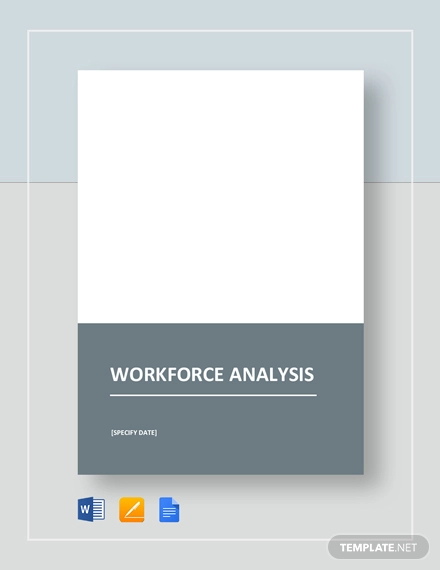
Sample Problem Analysis Example
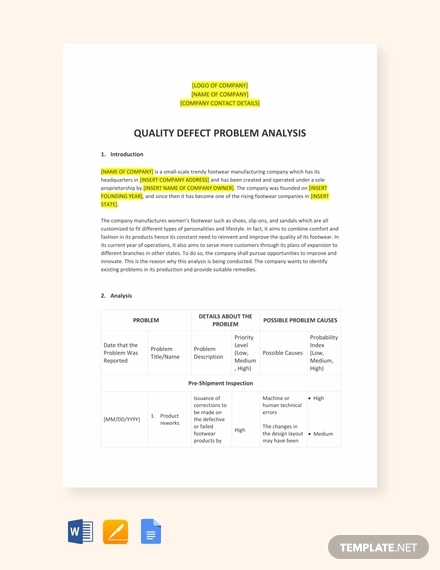
Case Study Analysis Example

Business Requirements Analysis Template
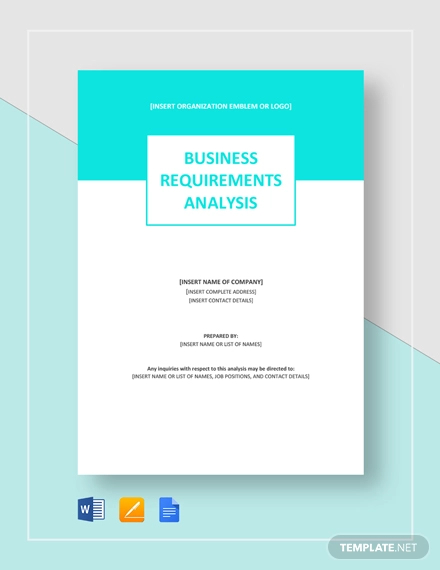
Cash Flow Analysis Template
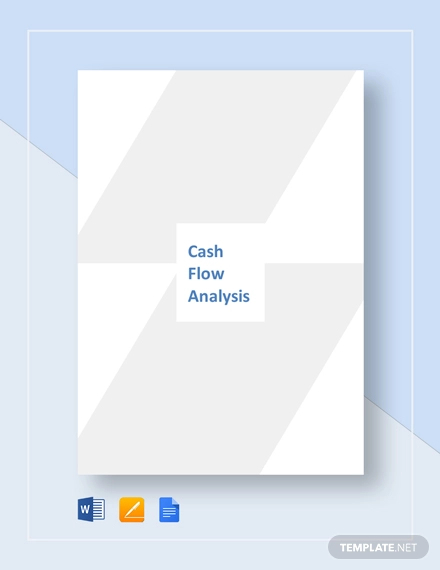
Force Field Analysis Example

Brand Analysis Template

Audience Analysis Example

Basic Root Cause Analysis
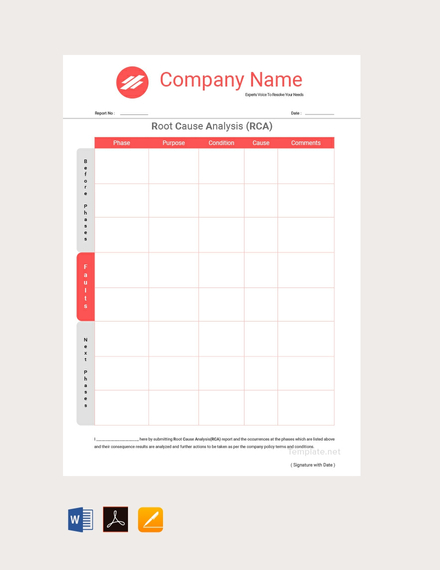
Cash Flow Analysis
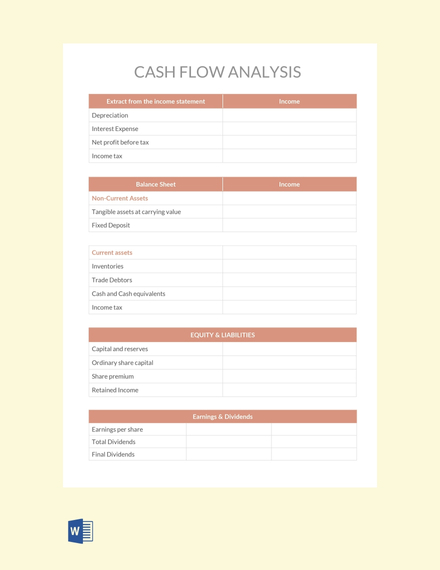
Defect Root Cause Analysis
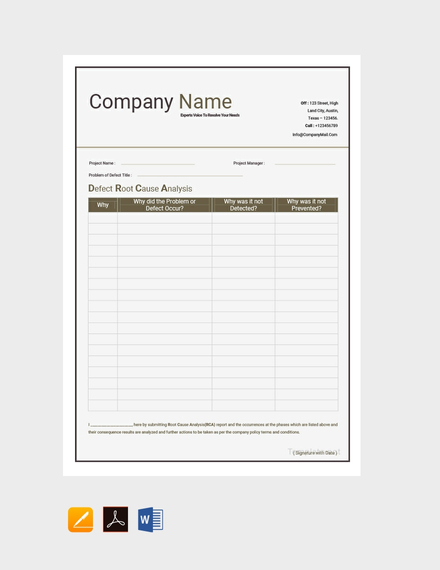
Financial Analysis
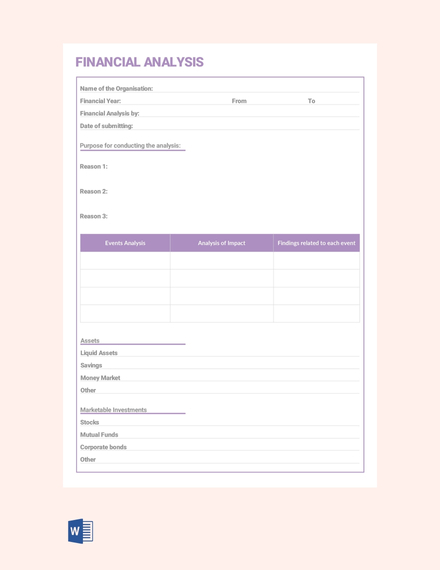
Impact Analysis Template
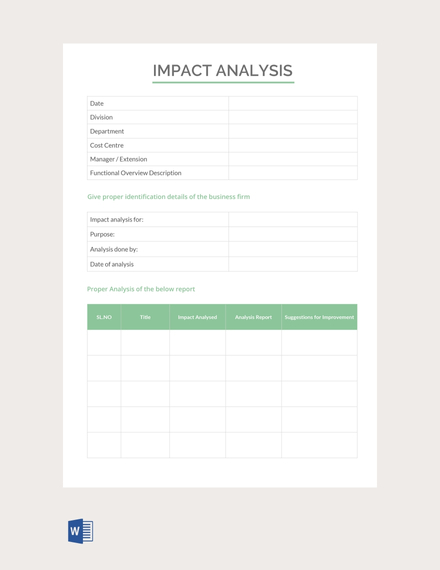
Job Safety Analysis Spreadsheet
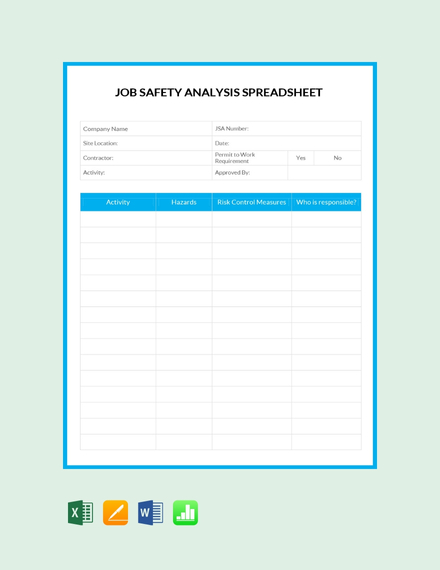
Market Analysis
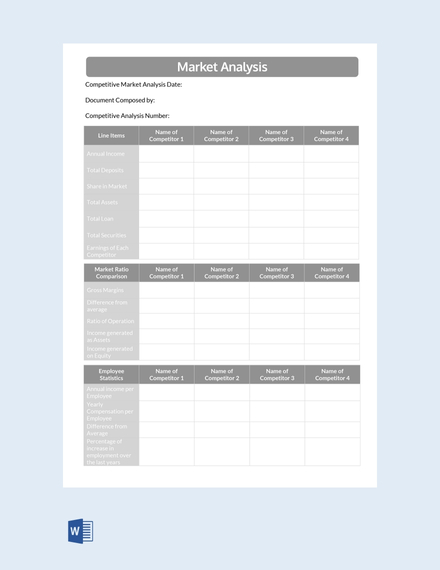
Root Cause Analysis Template
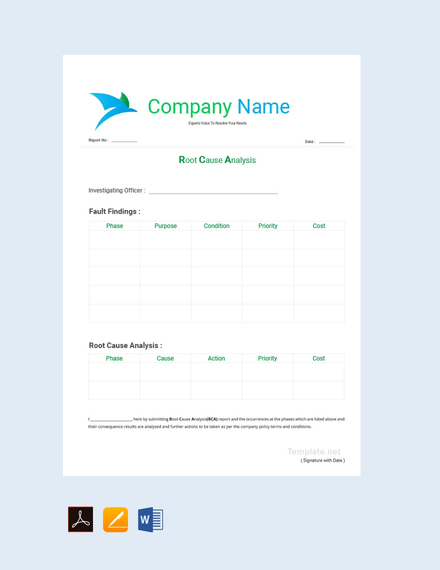
Simple Root Cause Analysis
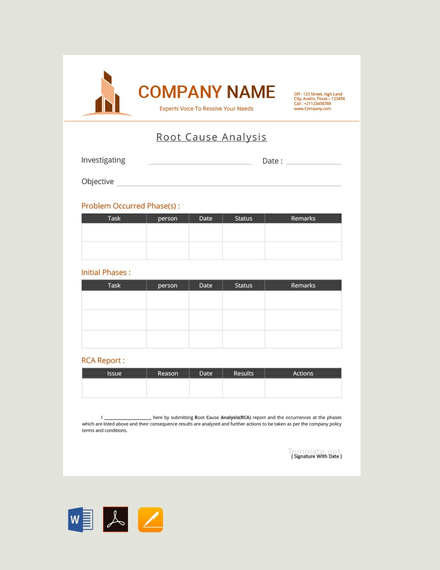
Skills Analysis Form
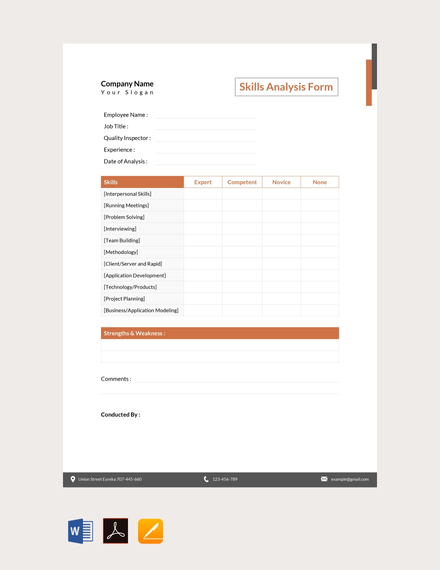
Analysis of Growth and Revenue
Correctional Education Meta Analysis
Electric Vehicle Infrastructure Analysis
Psychology of Intelligence Analysis
Qualitative Content Analysis
How to Conduct an Effective Analysis
Performing an analysis is a continuous learning process that can sometimes leave an analyst in a state of doubt. While it may seem like a daunting task to accomplish, business- and academic-related research doesn’t have to be difficult or costly for anyone. Follow this five-step guideline to administer a successful analysis:
Step 1. Define your purpose:
There are several reasons why an analysis may be necessary. Perhaps you require a SWOT analysis to determine the internal and external factors affecting your company’s operations. Business owners often do these studies in an attempt to reduce potential problems and maximize market opportunities. With a clear purpose in mind, you’ll know exactly what type of data to collect for the study.
Step 2. Determine target audience:
Your intended audience may be your company’s executives or the consumer market. If you’re a student, this could include your professors, the academe, and the community. Focusing on a target audience will help tailor your analysis according to what they want and need from the study. This will also help you prioritize your evaluation and findings based on what is vital.
Step 3. Gather data for the analysis:
Acquiring data for your research may be done in a variety of ways. Apart from state and local websites, there are many journals and periodicals available all over the Internet. Many writers and publishers post articles and e-books online to get in touch with their digitally dependent audience. You can also spend a day or two at the library or use a survey questionnaire to gather data from a specified group of respondents.
Step 4. Assess information:
One of the greatest challenges of conducting an analysis is presenting your findings to an audience in a way that they would understand. Projecting this information through different types of charts and graphs will help you convey your message more clearly for viewers to grasp. Hence, data is properly communicated for a more effective analysis.
Step 5. Put your analysis to work:
Once you have completed your analysis, it’s time to put your study to work. This is where the time and effort exerted to create the analysis is put to the test. If you discover any loopholes in your study, you may have to revisit the previous steps to find out what went wrong.
Useful Tips for a Better Analysis
Facilitating an analysis can be quite demanding yet rewarding at the same time. To prevent your efforts from going to waste, here are a few tips to keep in mind:
- Collect more data: Have you ever encountered a research paper containing an RRL with only two reliable sources cited? It’s hard to draw a strong conclusion without a sufficient amount of data to support it. The richer the data set, the better chances of generating a potent set of findings.
- Run experiments: Testing and pilot studies can often provide valuable data for your study. In many cases, you can garner more accurate analytical results when you evaluate outcomes from an actual experiment.
- Listen and learn: If you’re working with a team of analysts, learn to listen to what others have to say. Some people notice things you’ve been ignoring all along, and sometimes, they can discover something far more interesting and relevant to your study.
- Model the analysis process: It’s always best to model your analysis process to thoroughly assess the most efficient way of conducting the operation. This can also be improved and altered overtime to help you generate better results.
- Avoid delegating data analysis: Letting someone new carry out the analysis might seem like a great way to expose them to real-life challenges in the industry, but it’s also a risk you should avoid taking during critical times. You can assign a few experienced individuals to complete the task and have some fresh faces in your team provide assistance during the procedure.
Types of Analyses
There are six general types of analyses. These are as follows:
- Descriptive: This is usually the first type of analysis performed on a data set. Describing the main features of a collection of data will allow you to interpret information in such a way that an audience could easily understand. This is commonly applied to studies that cover an entire population.
- Exploratory: This is an approach used to uncover previously unknown relationships within a data set. This is good for discovering new connections and defining future studies or questions. However, the analysis should not be used alone to generalize or predict outcomes, as this may not produce a definitive answer to the question at hand.
- Inferential: This type of analysis aims to examine theories that concern the nature of the world in general (or a part of it), based on the “test subjects” taken from it. This typically involves estimating both the quantity you consider valuable as well as your uncertainty about the specified estimate. Bear in mind that this model depends heavily on the given population and the sampling scheme.
- Predictive: This refers to the method of analyzing current and historical facts in order to predict future events. But because this model relies heavily on measuring the right variables, it can also be extremely hard to perform. Experts suggest using a simpler framework and gathering more data for you to obtain success.
- Causal: This type of analysis is often used to find out what happens to one variable when another one is changed or rather, a “cause and effect” kind of scheme. This is also known to be the “gold standard” model for data analysis due to how it is implemented.
- Mechanistic: If you’re up for a challenge, you’d be delighted to know that a mechanistic analysis requires the most amount of effort. That’s because it is usually modeled by a deterministic set of equations in the field of physical and engineering science. This allows you to understand the exact changes in variables which has also lead to the changes in other variables for individual objects.
Analysis FAQs
1. How can I make an analysis?
The stages of conducting a good analysis often varies depending on one’s purpose. In general, a simple analysis involves a thorough process of data-gathering, testing, and evaluating the subject in question. The findings from your assessment should then be reflected on a written analysis report for further inspection. This can even be projected in the form of a two-page document or an analysis chart if possible.
2. What is the purpose of an analysis?
An analysis revolves around the process of breaking down a complex topic or substance into smaller, more manageable parts in order to gain a better understanding of it. This technique has been applied in the study of mathematics and logic for many centuries but has gradually developed in recent years. It simplifies data communication between entities to ensure clarity and better comprehension.
3. Why is an analysis important?
In the corporate world, not having a clear understanding as to how your business is performing in the market it is in and what needs to be improved upon is neglect. This can lead to poor business decisions and failed market strategies. Simply put, conducting an analysis is essential for the growth and development of the company. This can be beneficial whether you’re performing an industry analysis, an operational analysis, or a project analysis.
With start-ups and new business opportunities lying around the corner, building a strategic plan to help increase profit, reduce costs, and guarantee a high proficiency is vitally important for the future of the organization. Fortunately, with an effective analysis, you can fulfill these objectives with ease.



